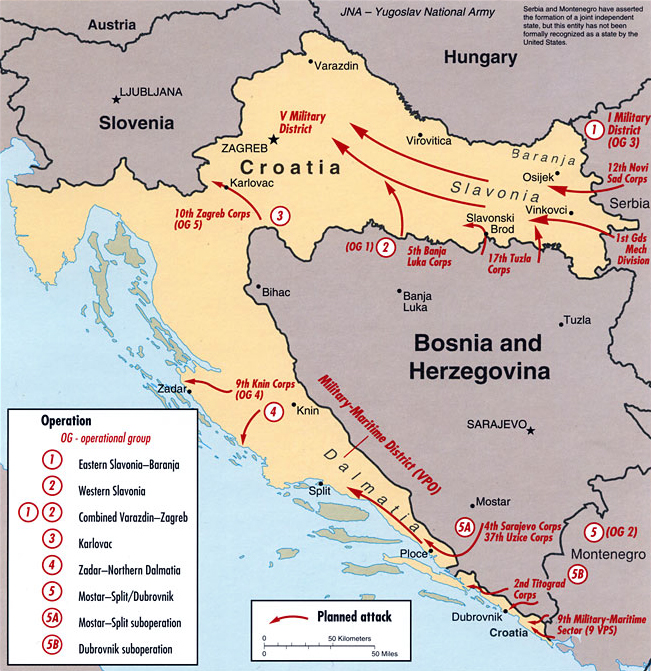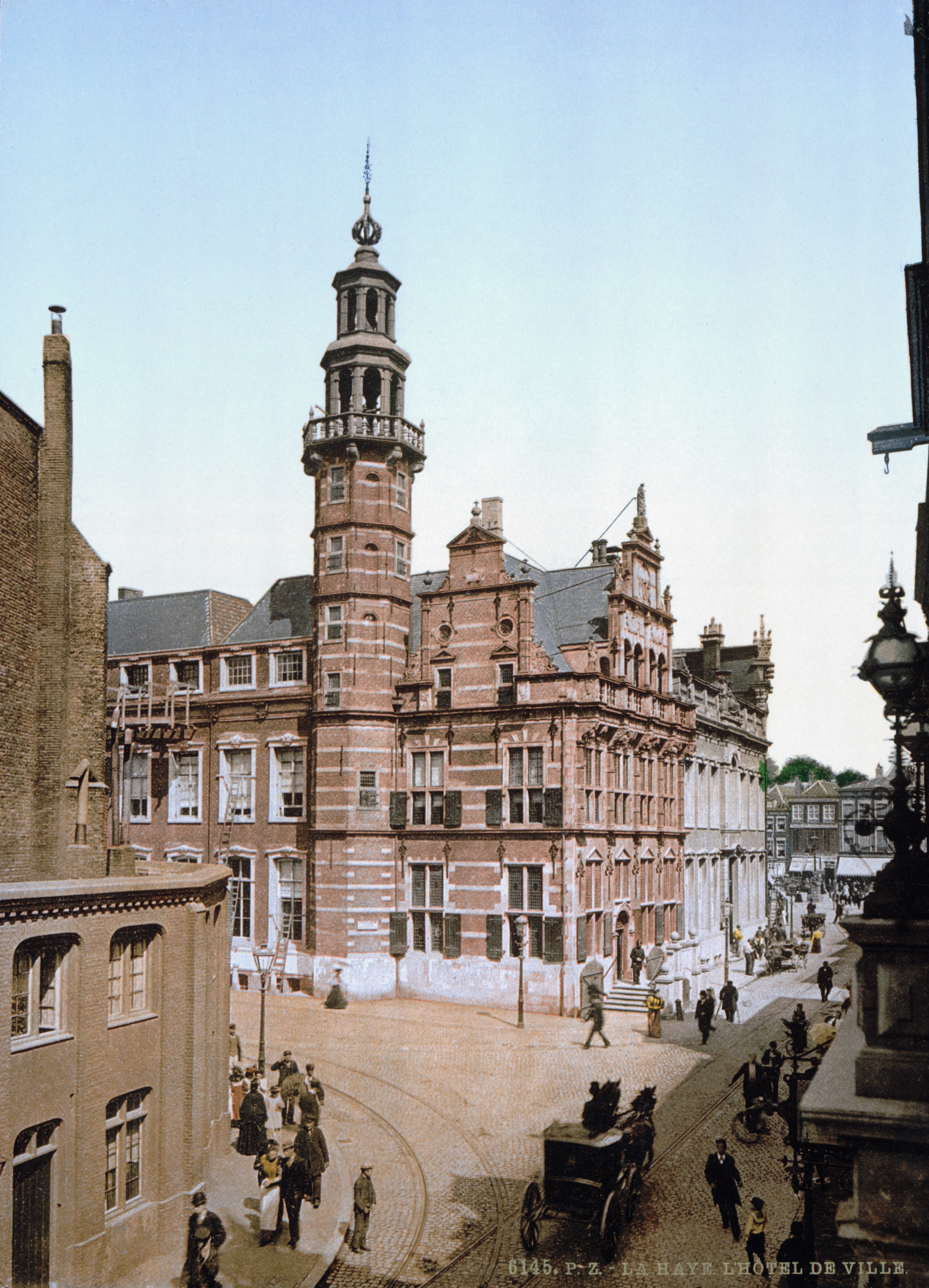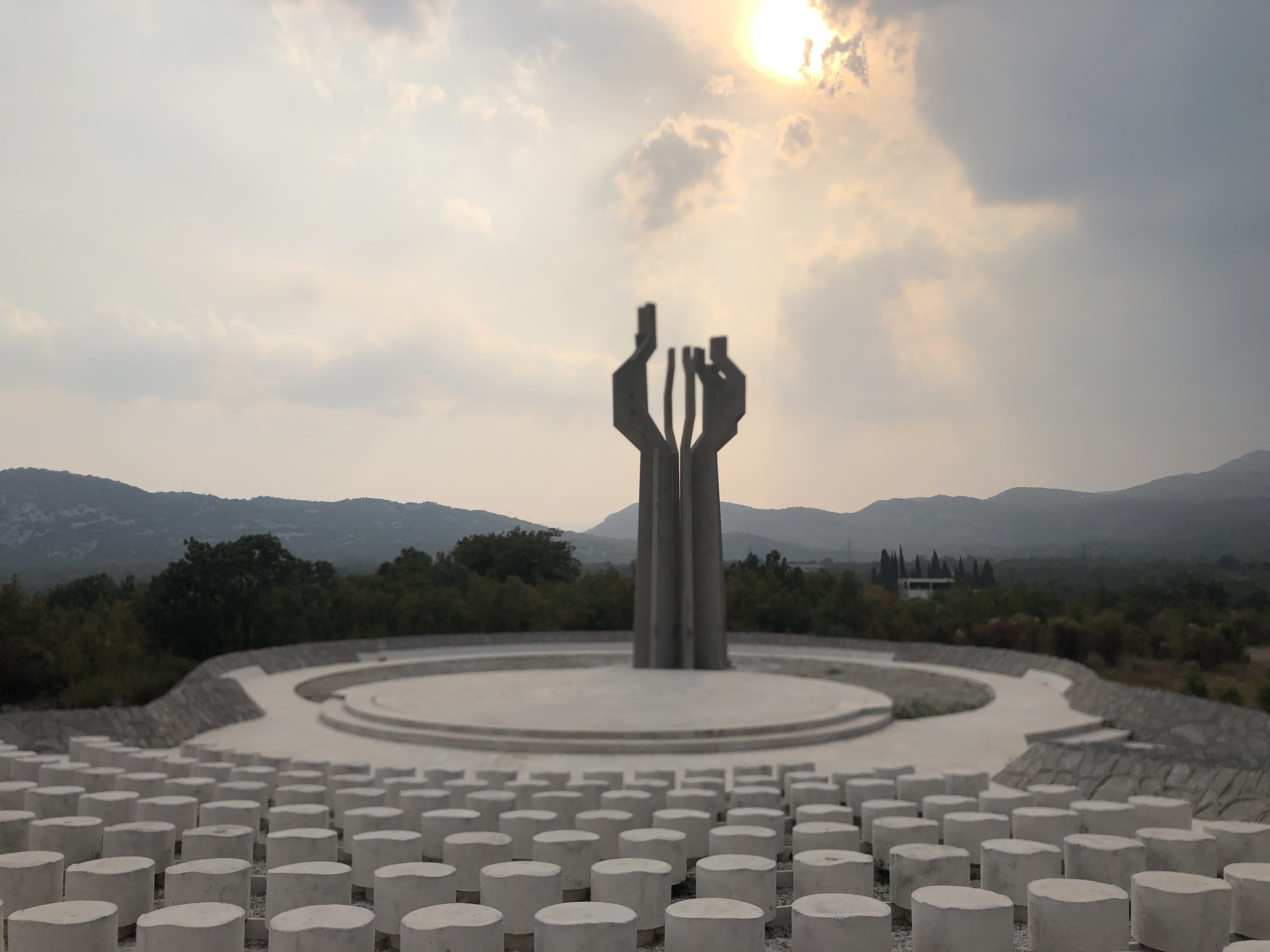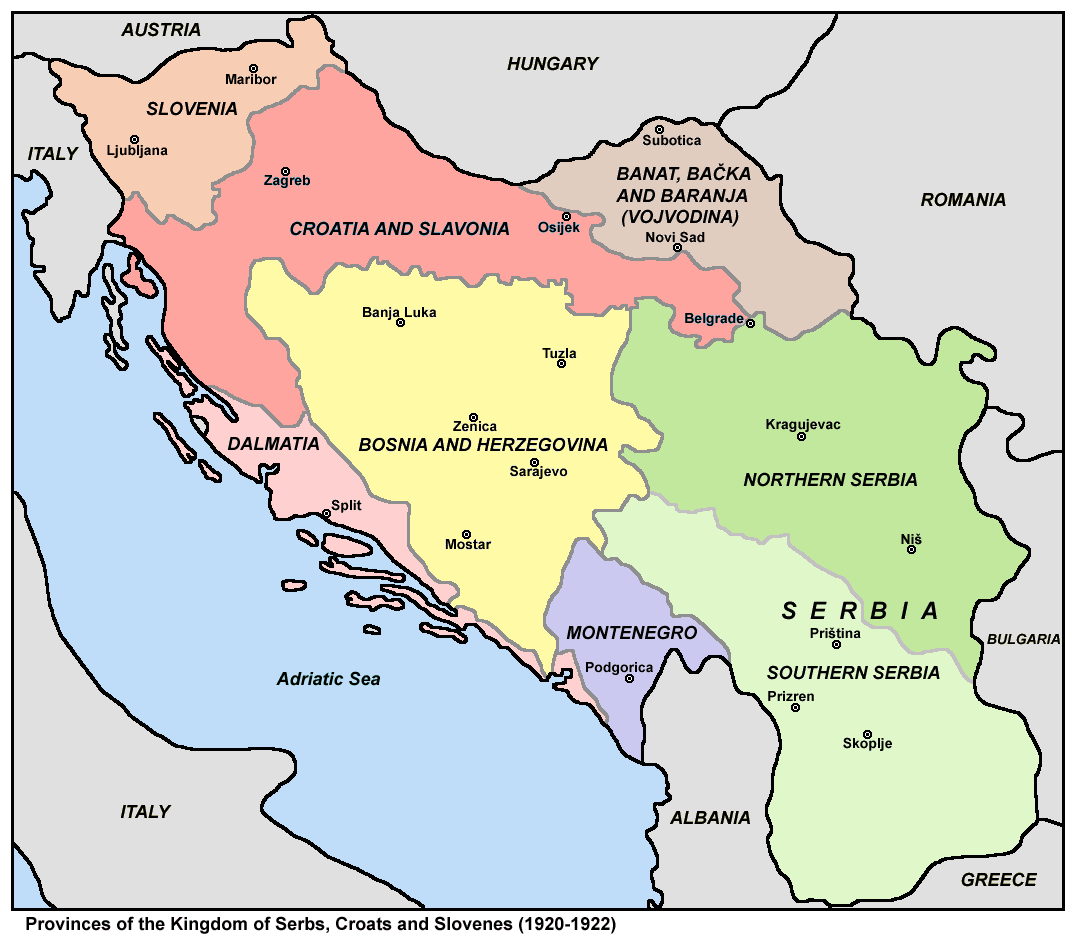|
Ante Paradžik
Ante Paradžik (10 February 1943 – 21 September 1991) was a Croatian right-wing politician and communist-era dissident. Paradžik was one of the founders of the Croatian Party of Rights. Early life Paradžik was born in 1943 in Ljubuški. His father disappeared in 1945 as a member of the armed forces of the Independent State of Croatia. After finishing elementary and high school in Ljubuški, Paradžik enrolled at the Faculty of Law in Split, and later continued his law studies at the University of Zagreb. Hailing from a poor family, Paradžik occasionally worked as a manual laborer in the summer. He also volunteered in youth work actions, earning the title of udarnik three times. In 1968 Paradžik was elected into committee of the Union of Students of Croatia () at the Faculty of Law in Zagreb, and in May 1971 he was elected SSH's president, shortly after joining the League of Communists of Croatia. Paradžik studied social rights and worked ''pro bono'', and he also a ... [...More Info...] [...Related Items...] OR: [Wikipedia] [Google] [Baidu] |
Croatian Party Of Rights
The Croatian Party of Rights (, HSP) is an Extra-parliamentary opposition, extra-parliamentary Croatian nationalism, nationalist and Neo-fascism, neo-fascist List of political parties in Croatia, political party in Croatia. The word "right(s)" in the party's name refers to the legal and moral reasons for the autonomy, independence, and sovereignty of Croatia. History The HSP, along with other modern Croatian parties, such as the Croatian Pure Party of Rights, claim legacy to the Party of Rights, which was founded in 1861 and existed until 1929. 1991–1995 A group of people restored Croatian Party of Rights on 25 February 1990. Dobroslav Paraga, the first president of the party acknowledged the historical bounds with the older Party of Rights (1861-1929), Party of Rights. Soon, the party faced splits. Krešimir Pavelić, a former secretary of the party, became president of the new Croatian Democratic Party of Rights. Some other ''rights'' parties that claimed origin from old P ... [...More Info...] [...Related Items...] OR: [Wikipedia] [Google] [Baidu] |
Franjo Tuđman
Franjo Tuđman (14 May 1922 – 10 December 1999) was a Croatian politician and historian who became the first president of Croatia, from 1990 until his death in 1999. He served following the Independence of Croatia, country's independence from Socialist Federal Republic of Yugoslavia, Yugoslavia. Tuđman also was the ninth and last president of the Presidency of SR Croatia from May to July 1990. Tuđman was born in Veliko Trgovišće. In his youth, he fought during World War II in Yugoslavia, World War II as a member of the Yugoslav Partisans. After the war, he took a post in the Ministry of Defence (Yugoslavia), Ministry of Defence, later attaining the rank of major general of the Yugoslav People's Army in 1960. After his military career, he dedicated himself to the study of geopolitics. In 1963, he became a professor at the University of Zagreb, Zagreb Faculty of Humanities and Social Sciences, University of Zagreb, Faculty of Political Sciences. He received a Doctor ... [...More Info...] [...Related Items...] OR: [Wikipedia] [Google] [Baidu] |
Dražen Budiša
Dražen Budiša (born 25 July 1948) is a Croatian politician who used to be a leading opposition figure in the 1990s and a two-time presidential candidate. As president of the Croatian Social Liberal Party through the 1990s he remains to date the only Leader of the Opposition not to have been from either the Croatian Democratic Union or the Social Democratic Party. Biography During Yugoslavia Budiša was born in Drniš, People's Republic of Croatia, within the Federal People's Republic of Yugoslavia. He studied Philosophy and Sociology at the Faculty of Philosophy in Zagreb and took part in the Croatian Spring in the 1970s. For his activities he was later sent to Lepoglava prison by Communist authorities. Before the arrival of democracy he worked as a librarian. In 1989 he was one of the founders of Croatian Social Liberal Party and later its leader. During the 1990 elections his party joined the Coalition of People's Accord and fared badly, including Budiša who failed to wi ... [...More Info...] [...Related Items...] OR: [Wikipedia] [Google] [Baidu] |
Croatian War Of Independence
The Croatian War of Independence) and (rarely) "War in Krajina" ( sr-Cyrl-Latn, Рат у Крајини, Rat u Krajini) are used. was an armed conflict fought in Croatia from 1991 to 1995 between Croats, Croat forces loyal to the Government of Croatia—which had declared Independence of Croatia, independence from the Socialist Federal Republic of Yugoslavia (SFRY)—and the Serbs, Serb-controlled Yugoslav People's Army (JNA) and Serbs of Croatia, local Serb forces, with the JNA ending its combat operations by 1992. A majority of Croats supported Croatia's independence from Yugoslavia, while many ethnic Serbs living in Croatia, supported by Republic of Serbia (1992–2006), Serbia, opposed the secession and advocated Serb-claimed lands to be in a common state with Serbia. Most Serbs sought a new Serb state within a Yugoslav federation, including areas of Croatia and Bosnia and Herzegovina with ethnic Serb majorities or significant minorities, and attempted to conquer as muc ... [...More Info...] [...Related Items...] OR: [Wikipedia] [Google] [Baidu] |
Serb Democratic Party (Croatia)
The Serb Democratic Party (, СДС/SDS) was a political party in Croatia whose primary constituency was representing the Serbs of Croatia. It led the Republic of Serbian Krajina between its foundation in 1990 until its collapse in 1995. History The SDS was founded in the Socialist Republic of Croatia on February 17, 1990. It was organized by Jovan Rašković in 1990, with the wake of incoming democratic parliamentarism and rebirth of nationalism across Yugoslavia. The Croatian Democratic Union desired to gather the Croats, while SDS' aim were the Croatian Serbs. A sister party was founded in the neighbouring Bosnia and Herzegovina which took over the same lead, while the minor sister-parties in Serbia and Montenegro, where socialism was still strong, never became prominent. SDS participated in the first democratic elections in Croatia in April and May 1990, winning 1.55% of the vote in the first, and 2% in the second round, giving them several seats in the Croatian Parli ... [...More Info...] [...Related Items...] OR: [Wikipedia] [Google] [Baidu] |
The Hague
The Hague ( ) is the capital city of the South Holland province of the Netherlands. With a population of over half a million, it is the third-largest city in the Netherlands. Situated on the west coast facing the North Sea, The Hague is the country's administrative centre and its seat of government, and has been described as the country's ''de facto'' capital since the time of the Dutch Republic, while Amsterdam is the official capital of the Netherlands. The Hague is the core municipality of the COROP, Greater The Hague urban area containing over 800,000 residents, and is also part of the Rotterdam–The Hague metropolitan area, which, with a population of approximately 2.6 million, is the largest metropolitan area of the Netherlands. The city is also part of the Randstad region, one of the largest conurbations in Europe. The Hague is the seat of the Cabinet of the Netherlands, Cabinet, the States General of the Netherlands, States General, the Supreme Court of the Neth ... [...More Info...] [...Related Items...] OR: [Wikipedia] [Google] [Baidu] |
Ivan Vekić (politician)
Ivan Vekić (; 18 October 1938 – 17 December 2014) was a Croatian politician and lawyer. He was one of the founders of the Croatian Democratic Union and served as the Croatian Minister of Interior during the Croatian War of Independence. Biography Vekić was born in Poljica near Vrgorac in Kingdom of Yugoslavia on 18 October 1938. During World War II and the occupation of Yugoslavia, his family was part of the Nazi-aligned Ustasha movement. He survived the Bleiburg repatriations in 1945, unlike his younger sister, Smiljana. He was a member of Matica hrvatska and was one of the founders of the Croatian Democratic Union in 1989.Podrug, Ante; Belak, AnitaJedan od osnivača HDZ-a Ivan Vekić: Sanader je požeo ono što je godinama sijao Slobodna Dalmacija. 2010-01-07. Retrieved 2011-10-31 In 1990 he entered the Croatian Parliament. He served as the Minister of Interior from 31 July 1991 until 15 April 1992. During the Croatian War of Independence he had a rank of Colonel. [...More Info...] [...Related Items...] OR: [Wikipedia] [Google] [Baidu] |
Spomenik A
The authorities of the Socialist Federal Republic of Yugoslavia established many World War II memorials during the country's existence. Several memorial sites were established between 1945 and 1960, though widespread building started after the founding of the Non-Aligned Movement. Yugoslav president Josip Broz Tito commissioned several memorial sites and monuments in the 1960s and 1970s dedicated to World War II battles, and Nazi concentration camp sites. They were designed by notable sculptors, including Dušan Džamonja, Vojin Bakić, Miodrag Živković, Jordan and Iskra Grabul, and architects, including Bogdan Bogdanović, Svetlana Kana Radević and Gradimir Medaković. After Tito's death, a small number were built, and the monuments were popular visitor attractions in the 1980s as patriotic sites, and since the Yugoslav Wars and the dissolution of Yugoslavia, the sites are mostly abandoned. In Slovenia, World War II Veteran Organisation and its branches yearly hold many comm ... [...More Info...] [...Related Items...] OR: [Wikipedia] [Google] [Baidu] |
First Balkan War
The First Balkan War lasted from October 1912 to May 1913 and involved actions of the Balkan League (the Kingdoms of Kingdom of Bulgaria, Bulgaria, Kingdom of Serbia, Serbia, Kingdom of Greece, Greece and Kingdom of Montenegro, Montenegro) against the Ottoman Empire. The Balkan states' combined armies overcame the initially numerically inferior (significantly superior by the end of the conflict) and strategically disadvantaged Ottoman armies, achieving rapid success. The war was a comprehensive and unmitigated disaster for the Ottomans, who lost 83% of their European territories and 69% of their European population.''Balkan Savaşları ve Balkan Savaşları'nda Bulgaristan'' Süleyman Uslu As a result of the war, the League captured and partitioned al ... [...More Info...] [...Related Items...] OR: [Wikipedia] [Google] [Baidu] |
Bulgaria
Bulgaria, officially the Republic of Bulgaria, is a country in Southeast Europe. It is situated on the eastern portion of the Balkans directly south of the Danube river and west of the Black Sea. Bulgaria is bordered by Greece and Turkey to the south, Serbia and North Macedonia to the west, and Romania to the north. It covers a territory of and is the tenth largest within the European Union and the List of European countries by area, sixteenth-largest country in Europe by area. Sofia is the nation's capital and List of cities and towns in Bulgaria, largest city; other major cities include Burgas, Plovdiv, and Varna, Bulgaria, Varna. One of the earliest societies in the lands of modern-day Bulgaria was the Karanovo culture (6,500 BC). In the 6th to 3rd century BC, the region was a battleground for ancient Thracians, Persians, Celts and Ancient Macedonians, Macedonians; stability came when the Roman Empire conquered the region in AD 45. After the Roman state splintered, trib ... [...More Info...] [...Related Items...] OR: [Wikipedia] [Google] [Baidu] |
Albania
Albania ( ; or ), officially the Republic of Albania (), is a country in Southeast Europe. It is located in the Balkans, on the Adriatic Sea, Adriatic and Ionian Seas within the Mediterranean Sea, and shares land borders with Montenegro to the northwest, Kosovo to the northeast, North Macedonia to the east and Greece to the south. With an area of , it has a varied range of climatic, geological, hydrological and morphological conditions. Albania's landscapes range from rugged snow-capped mountains in the Accursed Mountains, Albanian Alps and the Korab, Central Mountain Range, Albania#Skanderbeg Mountains, Skanderbeg, Pindus and Ceraunian Mountains, to fertile lowland plains extending from the Albanian Adriatic Sea Coast, Adriatic and Albanian Ionian Sea Coast, Ionian seacoasts. Tirana is the capital and largest city in the country, followed by Durrës, Vlorë, and Shkodër. Albania was inhabited by several List of Illyrian peoples and tribes, Illyrian tribes, among them the A ... [...More Info...] [...Related Items...] OR: [Wikipedia] [Google] [Baidu] |
Partition Of Bosnia And Herzegovina
The partition of Bosnia and Herzegovina was discussed and attempted during the 20th century. The issue came to prominence during the Bosnian War, which also involved Bosnia and Herzegovina's largest neighbors, Croatia and Serbia. As of 2025, the country remains one state while internal political divisions of Bosnia and Herzegovina based on the 1995 Dayton Agreement remain in place. Background Bosnia and Herzegovina has been a single entity occupying roughly the same territory since the rise of the medieval Kingdom of Bosnia and the subsequent Ottoman conquest of Bosnia between the 1380s and 1590s. The borders of today's Bosnia and Herzegovina were largely set as the borders of the Ottoman-era Eyalet of Bosnia, fixed in the south and west by the 1699 Treaty of Karlowitz, in the north by the 1739 Treaty of Belgrade, and in the east by the 1878 Treaty of Berlin. Although formally under Ottoman sovereignty, Austria-Hungary occupied the territory and created the Condominium of Bo ... [...More Info...] [...Related Items...] OR: [Wikipedia] [Google] [Baidu] |



